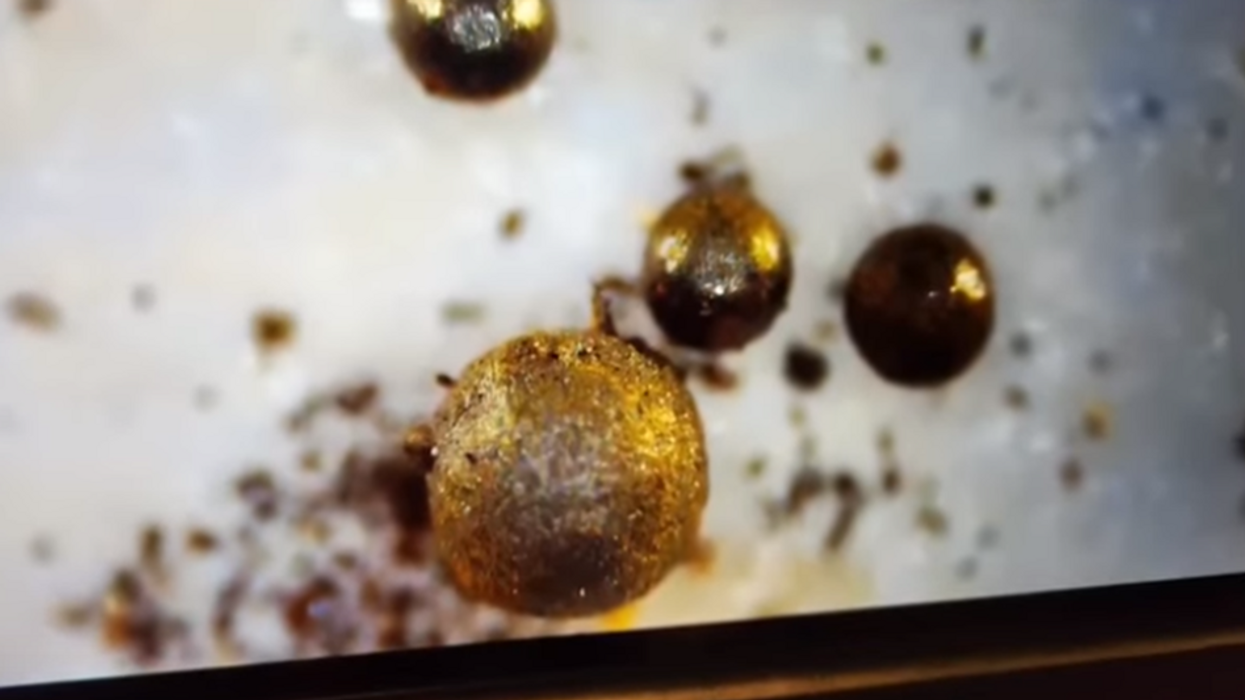
Image via NewsNation / YouTube (screenshot) via Avi Loeb

A Harvard research team say that they may have discovered fragments of alien technology from an "interstellar meteor" that crashed into Earth, which traveled faster than almost everything in our solar system.
Fragments of a meteor from outside our solar system were found in the waters off of Papua New Guinea by the Harvard research team, who said the meteor landed in 2014.
Professor Avi Loeb and his team brought the materials back to Harvard for analysis, which was confirmed by the U.S. Space Command that it had come from another solar system, according to CBS News. The claim was made with near certainty, or 99.999%.
Loeb's team searched a government-approved 6.2-mile radius to find the materials and took numerous passes around the meteor's projected path. The researchers used a sled full of magnets attached to their boat to comb the ocean floor.
"That is where the fireball took place, and the government detected it from the Department of Defense. It's a very big area, the size of Boston, so we wanted to pin it down," said Loeb. "We figured the distance of the fireball based off the time delay between the arrival of blast wave, the boom of explosion, and the light that arrived quickly."
The team discovered small, metallic spherules, some of which resembled miniature model Earths and are less than a millimeter in size.
"We discovered about 50 of those," Loeb explained. "These are almost perfect spheres, or metallic marbles. When you look at them through a microscope, they look very distinct from the background."
"They have colors of gold, blue, brown, and some of them resemble a miniature of the Earth," he continued.
According to reports, an analysis found that they are made up of 84% iron, 8% silicon, 4% magnesium, and 2% titanium, plus trace elements.
As well, the meteor was calculated to have traveled at such a speed (60 kilometers per second) that it traveled faster than 95% of all stars in the vicinity of the sun and is tougher than meteorites made of iron. This has led Loeb to believe that the debris could have come from a spacecraft or at least some sort of manufactured technology and not a natural collection of minerals.
"It came into the solar system from outside; we call it the first interstellar meteor. It's the first object from outside the solar system that was recognized," the professor described. "It has material strength that is tougher than all space rocks that were seen before and catalogued by NASA," Loeb added.
"We hope to find a big piece of this object that survived the impact, because then we can tell if it's a rock or technological gadget."
Like Blaze News? Bypass the censors, sign up for our newsletters, and get stories like this direct to your inbox. Sign up here!
Andrew Chapados